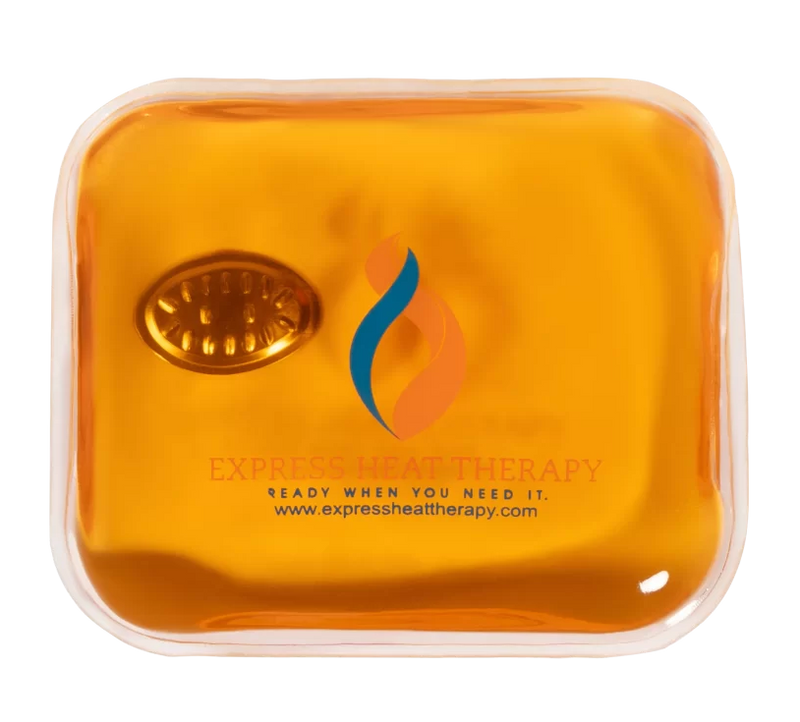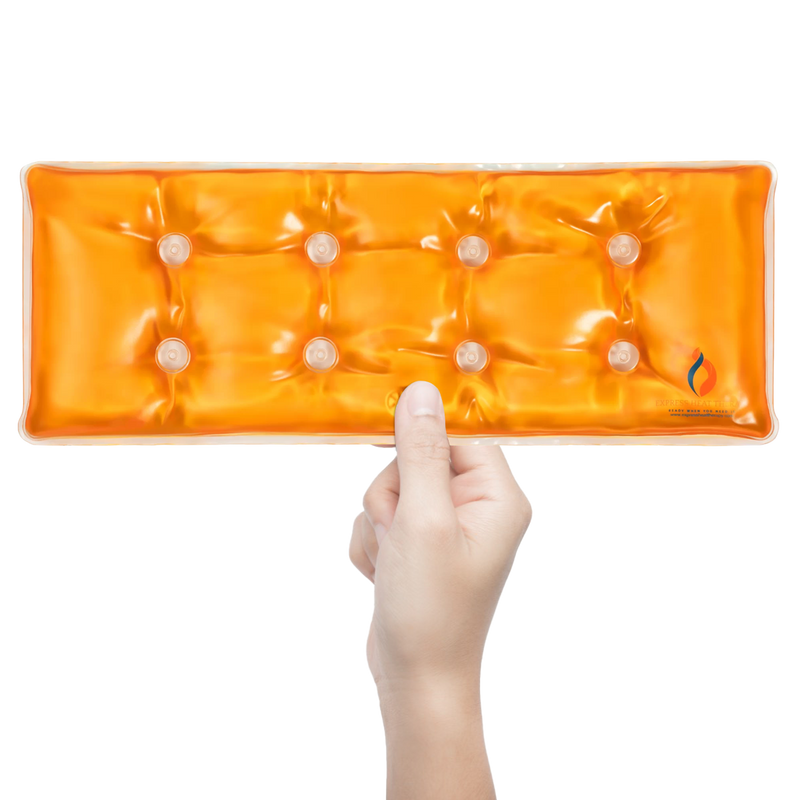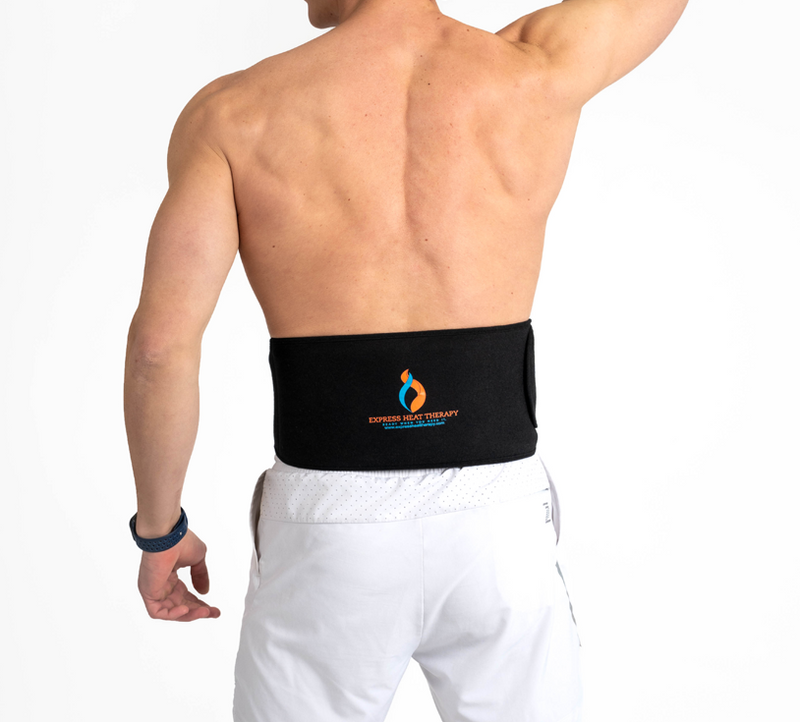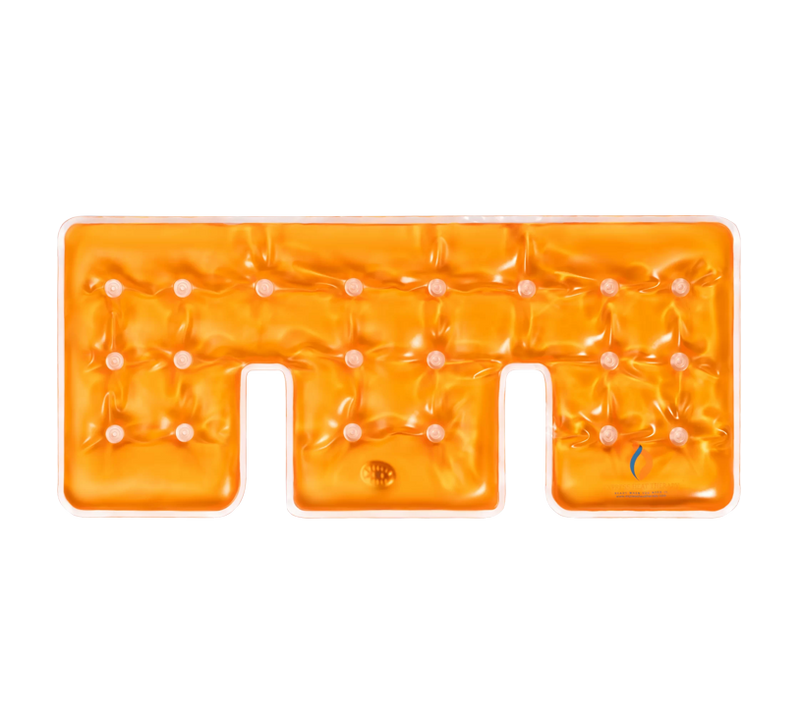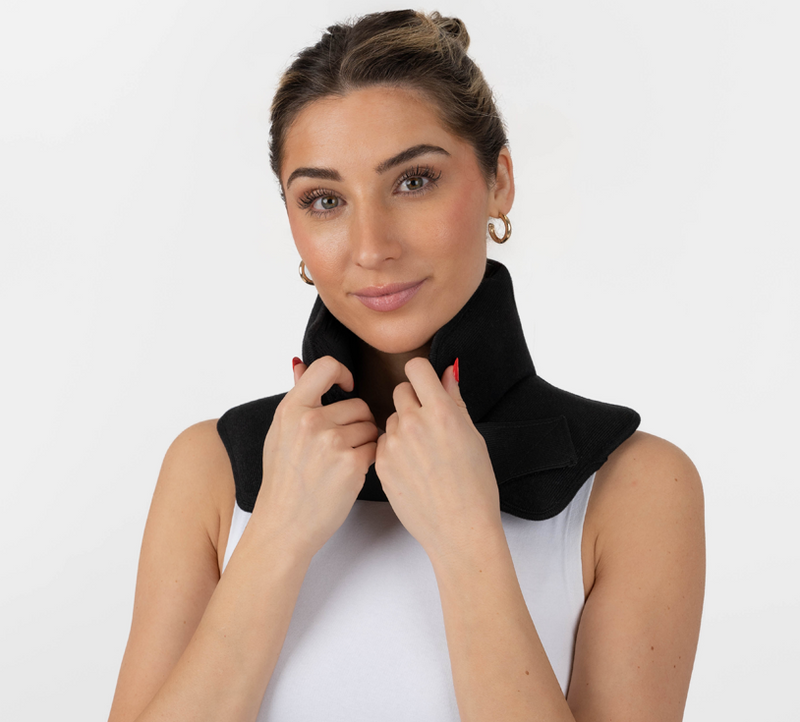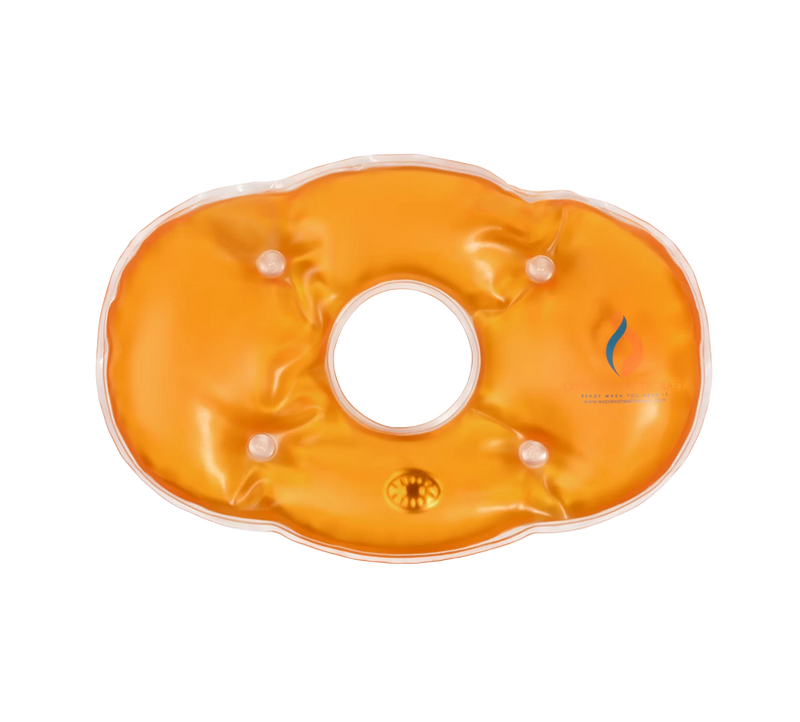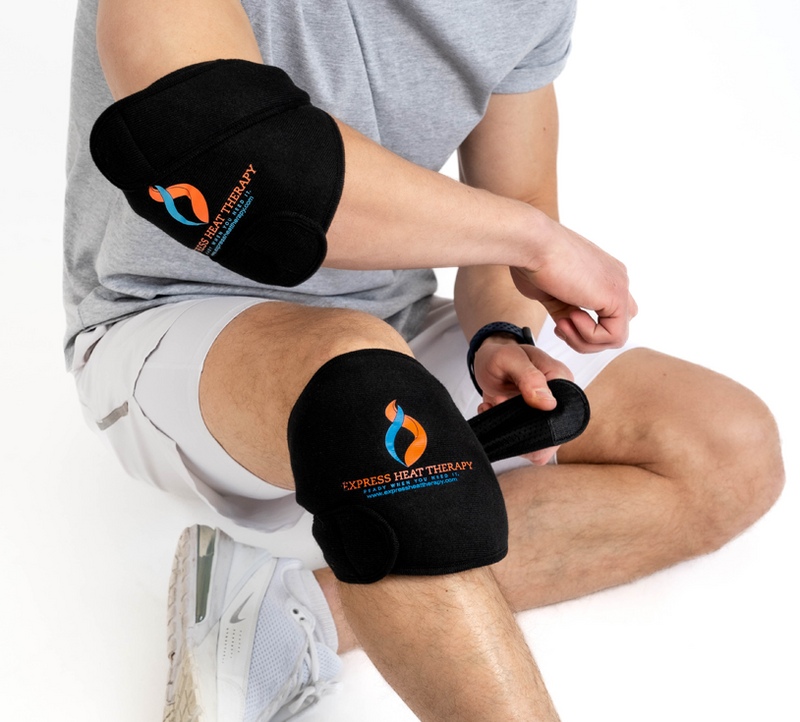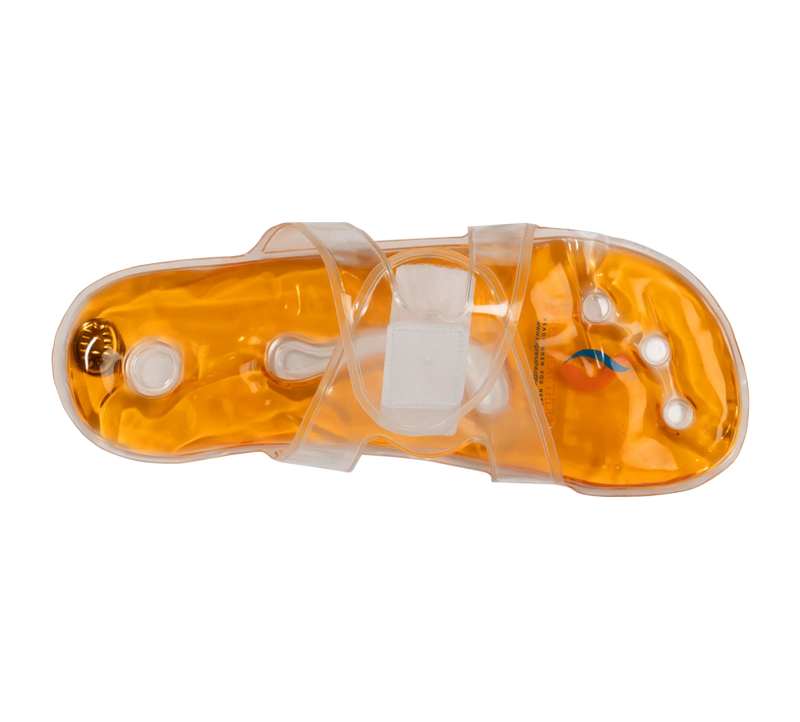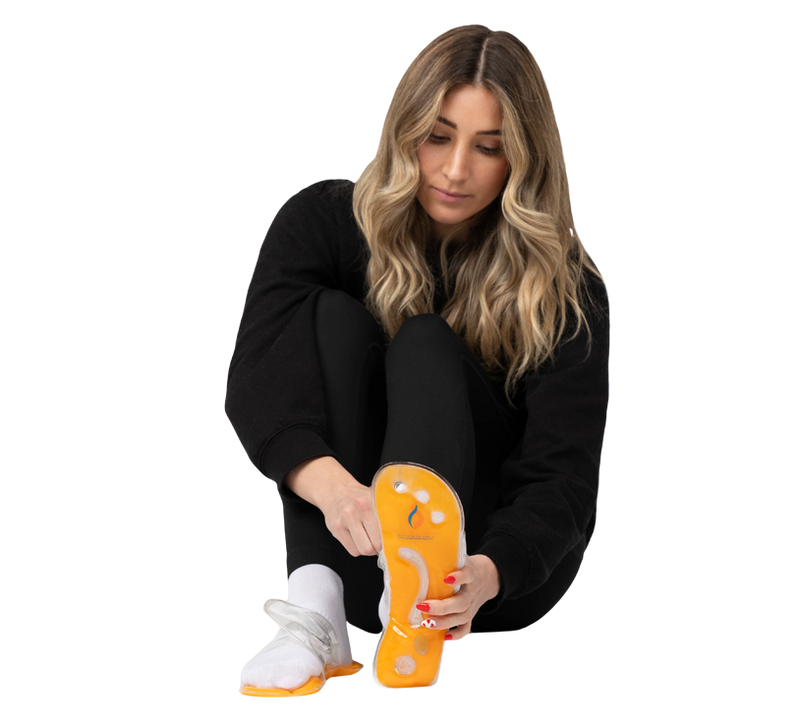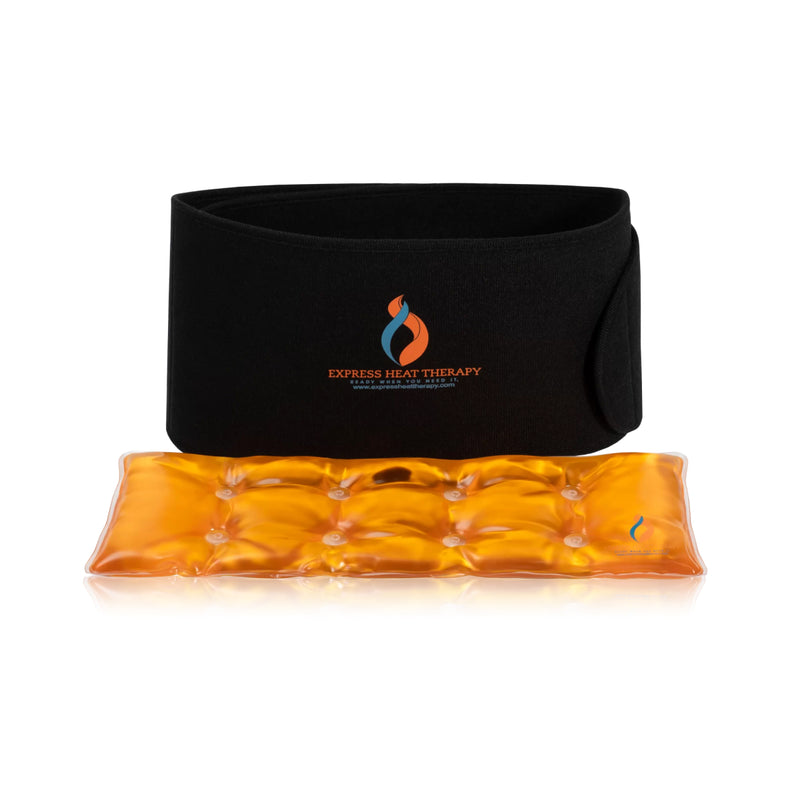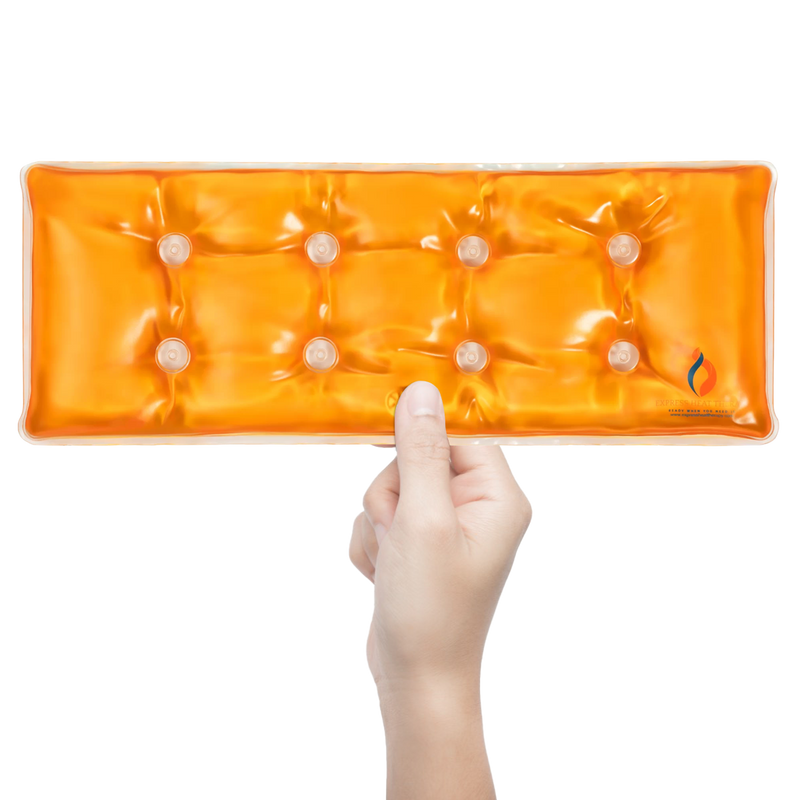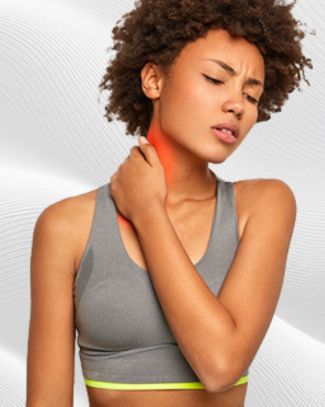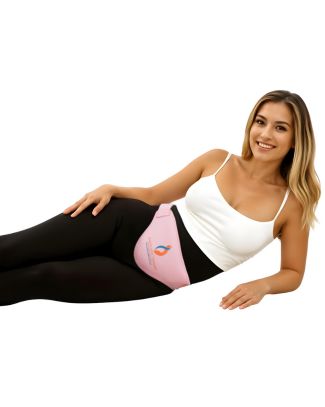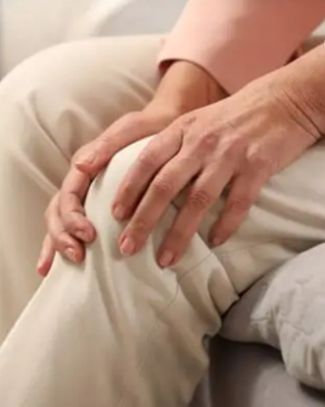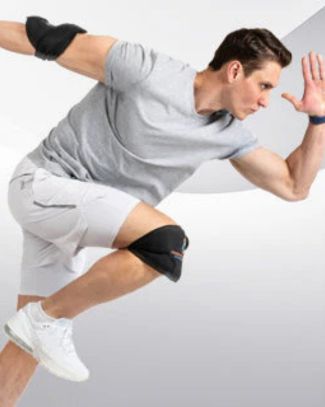Did you know that if you suffer from sore muscles, chronic back pain, cramps, or post-workout tension, applying targeted heat can bring much-needed relief?
Yes!
Heating pads have been a go-to solution for decades, offering soothing relief without requiring any form of medication.
But with so many options out there (electric heating pads, portable heating pads, microwavable heating pads, infrared heating pads, moist heating pads, and self-heating pads), how do you know which option to choose?
In this guide, we’ll break down the different types of heating pads, their unique benefits, and when to use them.
Let’s get right in. But first, what is a heating pad, and why should you use it for pain relief?
What is a Heating Pad?
A heating pad is a simple pain relief tool that delivers warmth directly to sore or tense areas of the body. It's designed to relax muscles, improve circulation, and ease discomfort.
Heating pads come in many forms. Some plug into the wall, others go into the microwave, and some activate instantly with a click. Regardless of the form, the goal is always the same: to apply heat to feel better, faster.
So, Why Should You Use a Heating Pad?
When applied to your body, heat signals your blood vessels to expand. This increases blood flow, which brings oxygen and nutrients to the area while flushing out built-up tension or lactic acid. Your stiffness starts to melt away, your pain starts to dull, and your muscles begin to soften.
For instance, after a tough leg day at the gym, using a heating pad on your quads can prevent that next-day soreness from taking over. Or, if you’ve been stuck in traffic for hours, placing one on your lower back can reduce tightness before it turns into a full-blown ache.
Unlike pills that travel through your entire system, heat goes straight to the source. That’s why physical therapists, athletes, and even everyday people use heating pads. They're convenient, effective, and most importantly, they help you move through life with less pain and more comfort.
A Quick Overview: Different Types of Heating Pads
There are different types of heating pads, each offering unique benefits that suit your lifestyle, pain needs, and mobility.
Here are the most common types of heating pads available today:
-
Electric Heating Pads: These are plug-in pads that provide steady, adjustable heat. They are great for home use, but not portable
-
Microwavable Heating Pads: These are filled with rice, gel, or flaxseed, and are heated in the microwave.
-
Infrared Heating Pads: These use infrared light to provide deep heat beneath the skin without making the surface too hot. They are often used in therapy settings
-
Moist Heating Pads: These combine heat and moisture to penetrate deeper into muscles. Many physical therapists prefer them
-
Self-Heating / Instant Heating Pads: These non-electric heating pads activate with a simple click and heat up instantly, eliminating the need for power or microwaves. They are portable, cord-free, and great for people who don’t want to be stuck near an outlet
So, out of all these options? Which should you use? Keep reading to find out.
-
Electric Heating Pads
Electric heating pads are the most traditional type. Simply plug into a wall socket, select your desired setting from the multiple heat options, and enjoy the auto shut-off feature.
You can lay them flat or wrap them around the affected area to provide steady, dry heat.
Pros:
-
Consistent, long-lasting heat
-
Adjustable temperature settings
-
Great for stationary use at home
-
Available in different sizes
Cons:
-
Requires a power outlet
-
Not portable (tied to a cord)
-
Risk of overheating if misused
-
Not eco-friendly for long-term use
Best for:
Home use, chronic pain management, and muscle tension relief while resting or lying down.
-
Microwavable Heating Pads
These pads are usually filled with natural materials like rice, flaxseed, or clay beads. You heat them in a microwave and place them where needed.
They retain heat for short periods and are entirely wireless.
Pros:
-
No electricity required after heating
-
Reusable and eco-friendly
-
Often doubles as a cold pack (if stored in the freezer)
Cons:
-
Needs a microwave nearby
-
Short heat retention (15–20 mins)
-
Risk of overheating in microwave
-
Heat may not reach deeper muscle layers
Best for:
Short-term relief is available at home or in places with microwave access.
-
Infrared Heating Pads
Infrared heating pads use infrared light (a form of electromagnetic radiation) or far-infrared to deliver heat deeper into your tissues and joints, without making your skin feel overly hot.
They often include jade or tourmaline stones and are used in more clinical or therapeutic settings.
Pros:
-
Penetrates deeper than surface-level heat
-
Helps reduce inflammation and stiffness
-
Often used in physical therapy and sports medicine
-
More therapeutic than standard pads
Cons:
-
Expensive compared to other options
-
Bulky and less travel-friendly
-
Still requires electricity
-
Longer warm-up time
Best for:
Chronic pain, joint inflammation, post-surgical recovery, or long-term therapy users.
-
Moist Heating Pads
Moist heat penetrates deeper than dry heat, and these pads combine both. They are filled with a gel that helps retain heat and moisture. They're often used in rehabilitation settings.
Pros:
-
Better tissue penetration
-
Loosens muscles quickly
-
Promotes healing and circulation
-
Ideal for joint stiffness and spasms
Cons:
-
Can be messy or require prep
-
Some need frequent dampening
-
Typically not portable
-
May require a towel barrier to avoid skin irritation
Best for:
Rehabilitation, post-injury recovery, arthritis, and professional or at-home therapy sessions.
-
Self-Heating / Instant Heating Pads
These are non-electric heating pads that heat up instantly when you bend or click an internal disc. They’re reusable and portable, great for travel, hiking, or outdoor events. An adjustable strap usually accompanies them, so you can wear them anywhere you like.
Pros:
-
Heats up in seconds
-
100% portable and cord-free
-
Reusable and eco-friendly
-
Excellent heat intensity
-
Can be worn during movement
-
Heat duration lasts for up to one hour, depending on the climate
-
Can be used up to 300 times
Cons:
-
Requires boiling water to reset after each use
Best for:
On-the-go relief, travel, outdoor use, hiking, post-workout recovery, and as part of a pain relief ritual after applying creams or balms.
Choosing the Best Type of Heating Pad for You
With the many options above, finding the best type of heating pad comes down to your lifestyle, pain needs, and how often you plan to use it.
Here’s a breakdown to help you decide:
Choose an Electric Heating Pad if…
-
You’re using it at home while relaxing or resting
-
You want adjustable heat levels
-
You don’t mind being plugged into a wall
Choose a Microwavable Heating Pad if…
-
You’re looking for a simple, cord-free solution
-
You have microwave access at home or work
-
You’re okay with shorter heat durations
Choose an Infrared or Moist Heating Pad if…
-
You need deeper, more therapeutic heat
-
You’re treating joint pain, stiffness, or old injuries
-
You’re okay with larger equipment
Choose a Self-Heating (Instant) or Non-Electric Heating Pad if…
-
You want true on-the-go relief
-
You’re tired of plugs, microwaves, or bulky setups
-
You need something reusable, portable, and flexible
-
You are eco-friendly conscious
-
You want to ease muscle stiffness and improve mobility
-
You want instant therapeutic relief
Find out more about how to choose the best portable heating
Still Not Sure?
If you’re using pain relief creams or pills but still feel stiff or sore afterward, your routine might be missing one crucial element: heat. Not just any heat, but deep, consistent, portable heat that opens up your muscles and locks in relief.
Use the non-electric, self-heating Express Heat Therapy Instant Heating Pads for 100% natural relief.
Frequently Asked Questions
-
Can microwavable heating pads be reused?
Yes, most microwavable heating pads are reusable.
They're typically filled with natural materials like rice, flaxseed, or gel, and can be reheated multiple times. However, over time and with frequent use, they may lose effectiveness or develop odours. To extend their lifespan, follow heating instructions carefully and avoid overheating.
-
What is the difference between electric and non-electric heating pads?
Electric heating pads need to be plugged into an outlet. They come with adjustable heat settings and consistent warmth, but they limit movement and require a power source.
Non-electric heating pads (like microwavable or instant-heat pads) don’t require cords or batteries. They're portable, safer for travel, and perfect for people who want freedom of movement or relief on the go.
-
What heating pad do doctors recommend?
Doctors typically recommend heating pads based on the condition being treated:
For muscle tension or stiffness, moist heating pads or infrared heating pads are often preferred because they penetrate deeper into the tissue.
For on-the-go pain relief, many physical therapists suggest non-electric, reusable pads that are portable and easy to apply after movement or stretching.
For general aches and pains, a safe and reusable option like a self-heating pad that works alongside other pain relief treatments (like creams or therapy routines) is often ideal.
Always follow your healthcare provider’s guidance when choosing a heat therapy product.
